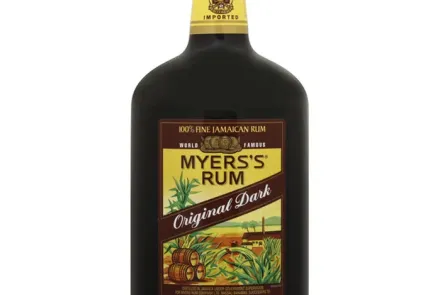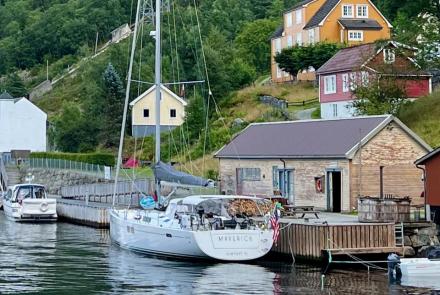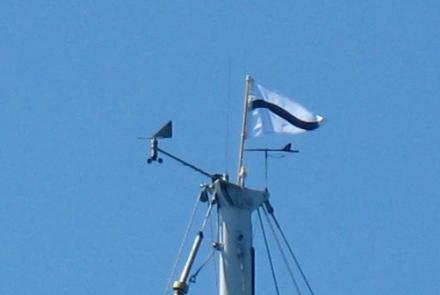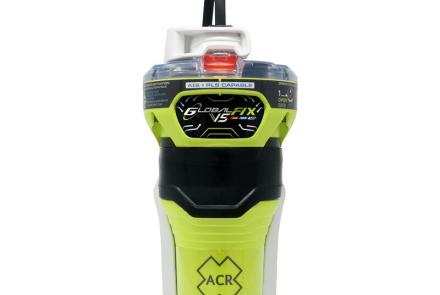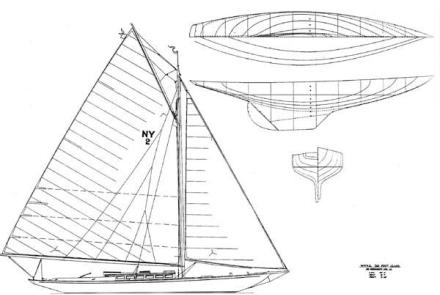Flooding and Damage Control Kit
A well-equipped, centrally located damage control kit together with a damage control plan are important to a safe voyage.
This is particularly true in waterways such as the Pacific Northwest which has a high proportion of deadheads and debris in the water from logging. Although many cruisers abstain from operating at night in an effort to reduce this risk, many of these logs are quite waterlogged, making them difficult to see even in good visibility.
 The attached two reference pages created by the Alaska Marine Safety Education Association are provided. These pages may be posted or assembled into a notebook. The first lists and organizes the various tapes, plugs, patches, tarps etc. that have proven effective at damage control, as well as the simple tools, fasteners, containers that are useful both in damage control and in organizing the materials. The second page sets out the awareness and decision-making aspects of simple damage control, as well as highlighting the hydrostatic forces involved in below-waterline damage to point up the importance of swift action to at least control flow to a manageable rate while seeking assistance or effecting permanent repair.
The attached two reference pages created by the Alaska Marine Safety Education Association are provided. These pages may be posted or assembled into a notebook. The first lists and organizes the various tapes, plugs, patches, tarps etc. that have proven effective at damage control, as well as the simple tools, fasteners, containers that are useful both in damage control and in organizing the materials. The second page sets out the awareness and decision-making aspects of simple damage control, as well as highlighting the hydrostatic forces involved in below-waterline damage to point up the importance of swift action to at least control flow to a manageable rate while seeking assistance or effecting permanent repair.
The addendum, from experiences of myself and friends, adds electrical tape and "Gorilla" brand tape [editor's note: "T-Rex" brand sticks even better] and common nails (used to secure wooden wedges, braces and patches to one another) to the Fastener section, miscellaneous plywood and 2"x4" scraps, aerosol expanding polyurethane foam, and "QuickSet" cement to the Plugs and Patches section, and a small carpenter's hand saw to the Tools section.
We briefly discussed the uses of these materials, their simplicity and modest cost, and organization plans for their use. The primary objectives were to encourage members to consider the "things that go bump in the night", and to plan for that eventuality and the response.


